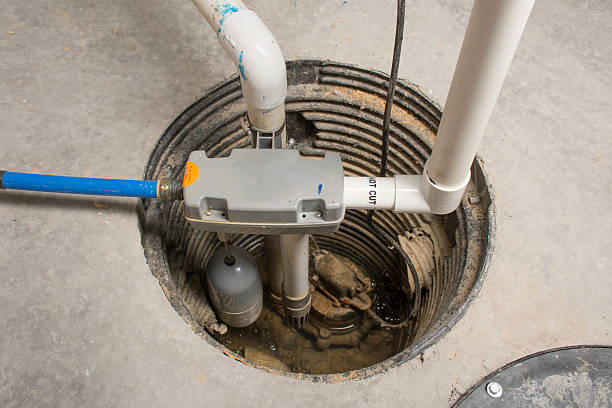Summer storms have been popular this year, which means so have basement floods. It is important to guard your home against flooding, and a cost-effective way to do this is by installing a sump pump and a backup system. However, for homeowners who already have a sump pump and backup as the first line of defense, it’s important to ensure your system is working properly before it’s too late. Here are a few tips for you to check if your sump pump is working:
- Locate the outside pipe that catches the water as it drains from the pump. Ensure the inside of the pipe doesn’t have any dirt or debris clogging the drain.
- Fill a five-gallon bucket or a large cooking pot with water. Slowly pour the water into the sump pit and watch the water level within the pit.
- The float on the sump should rise, and the pump will kick on well before the water reaches the top of the pit. As the pit empties, the system should turn off.
- The pump should be further inspected if the float doesn’t rise or the pump doesn’t turn on/off automatically.
- This may seem like common sense, but ensure the pump is plugged into a working outlet. Sometimes damp areas of a basement can cause electrical outlets to trip.
- Repeat these steps every two to three months.
What happens if the power goes out?
Since sump pumps rely on electricity to operate if the power goes out, your pump will not work. Consider installing a battery-powered backup system, which will kick on as soon as a power outage occurs. A charged backup system can last up to seven hours. Installing a battery-powered backup system is like getting extra insurance on your system. You can also consider a water backup system.
If you have any questions or need a repair, give us a call at 1-800-989-0299. We’re here 24/7 for all your plumbing and HVAC needs!

